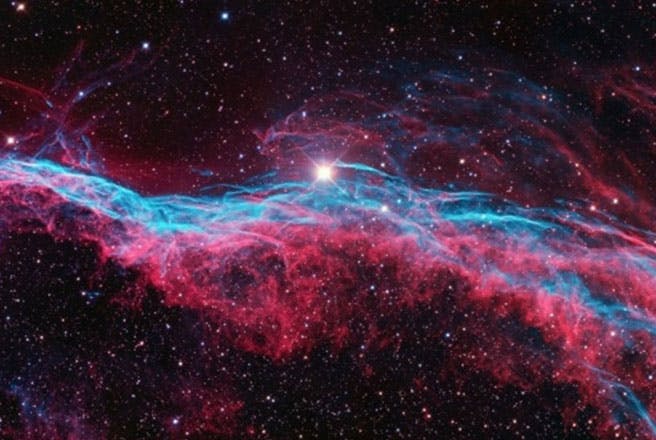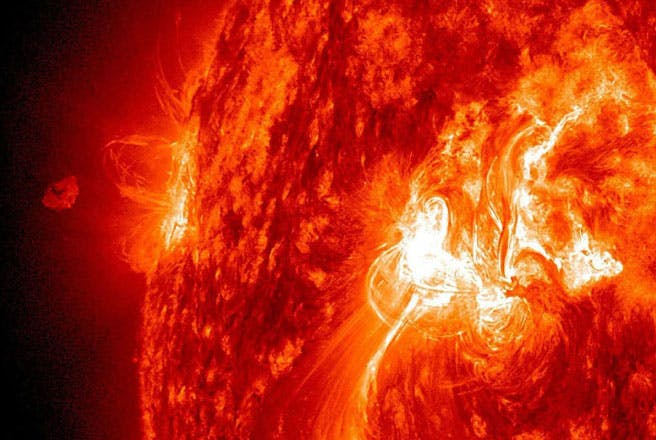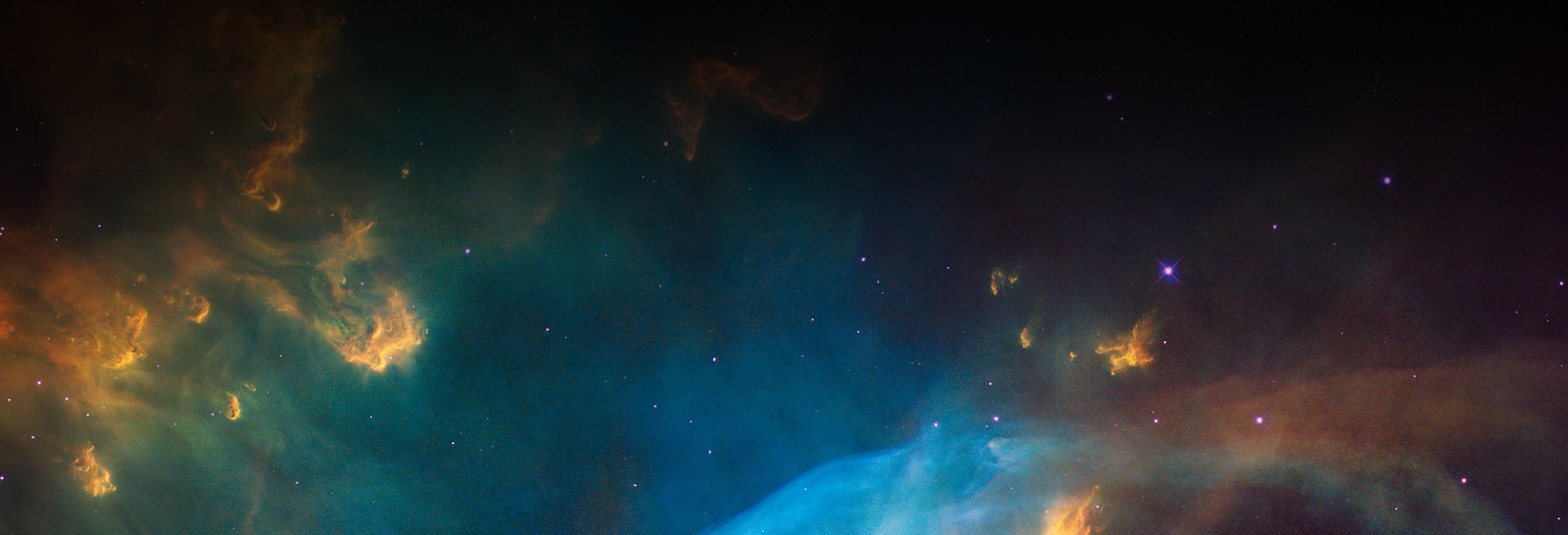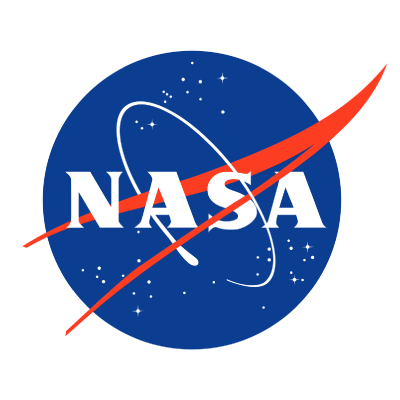The Astromaterials Data System (Astromat) is NASA’s designated archive for laboratory analytical data acquired on samples collected as part of past, present, and future NASA missions and curated by the Astromaterials Acquisition and Curation Office, part of the Astromaterials Research and Exploration Science Division (ARES) of NASA’s Johnson Space Center.
Astromat’s data infrastructure supports comprehensive data curation services from data acquisition; to data curation; to synthesis of data for advanced data analysis and use in AI/ML applications. Astromat systems feature machine-and human actionable interfaces.
Astromat actively collaborates and partners with the astromaterials research community, missions, research projects and infrastructure providers nationally and internationally.
Astromat is funded by NASA’s Planetary Sciences Division.
Browse Collections
Discover more about the different types of astromaterials sample data in Astromat








